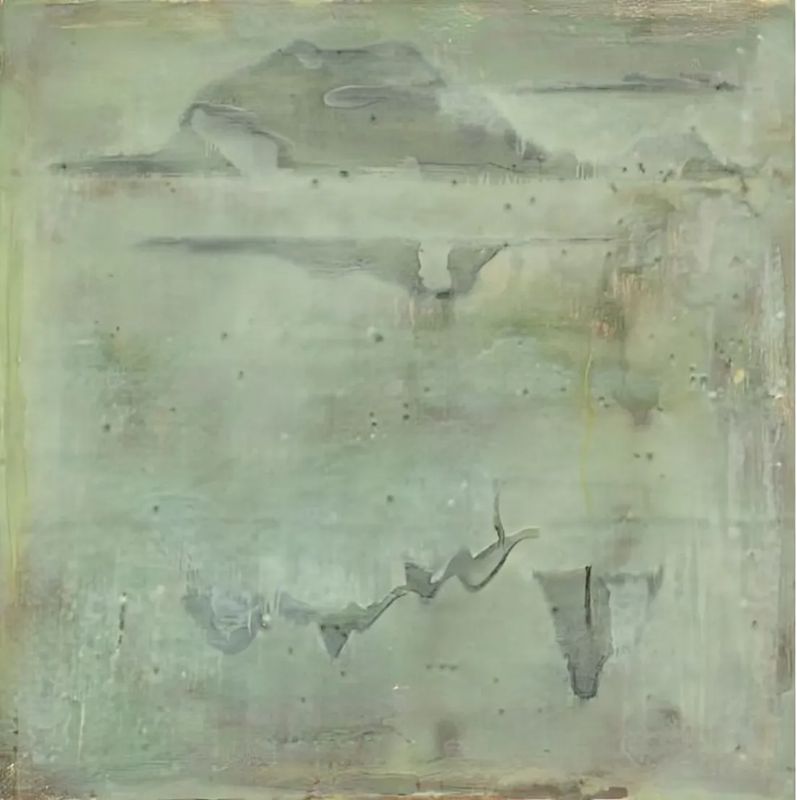
剩山12-13 Remnant Mountain12-13,布面坦培拉Tempera on Canvas,50x50cm,2012
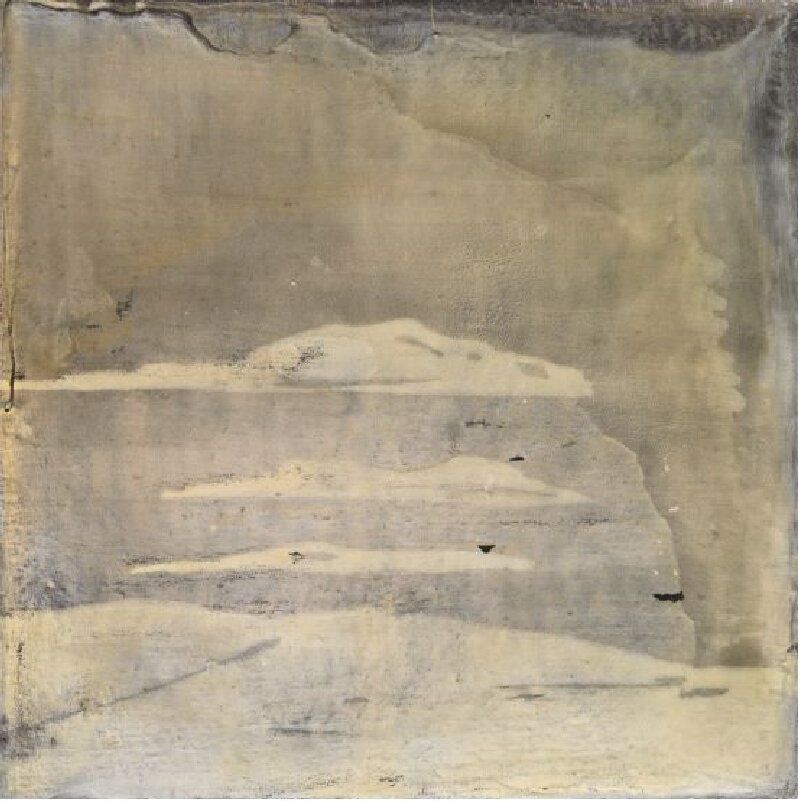
剩山12-21 Remnant Mountain12-21,布面坦培拉Tempera on Canvas,50x50cm,2012
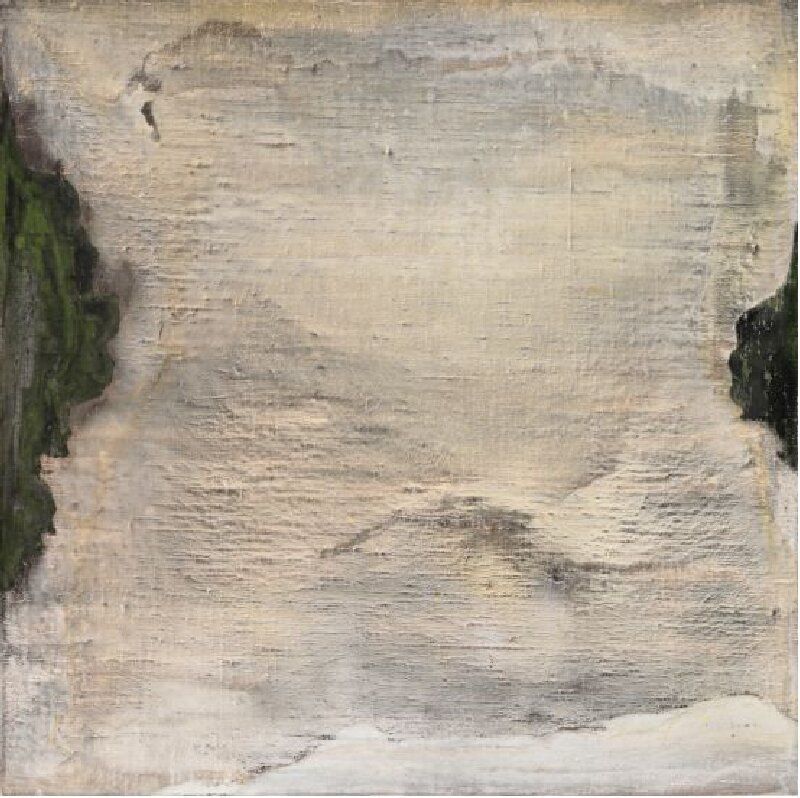
剩山13-05 Remnant Mountain13-05,布面坦培拉Tempera on Canvas,50x50cm,2013
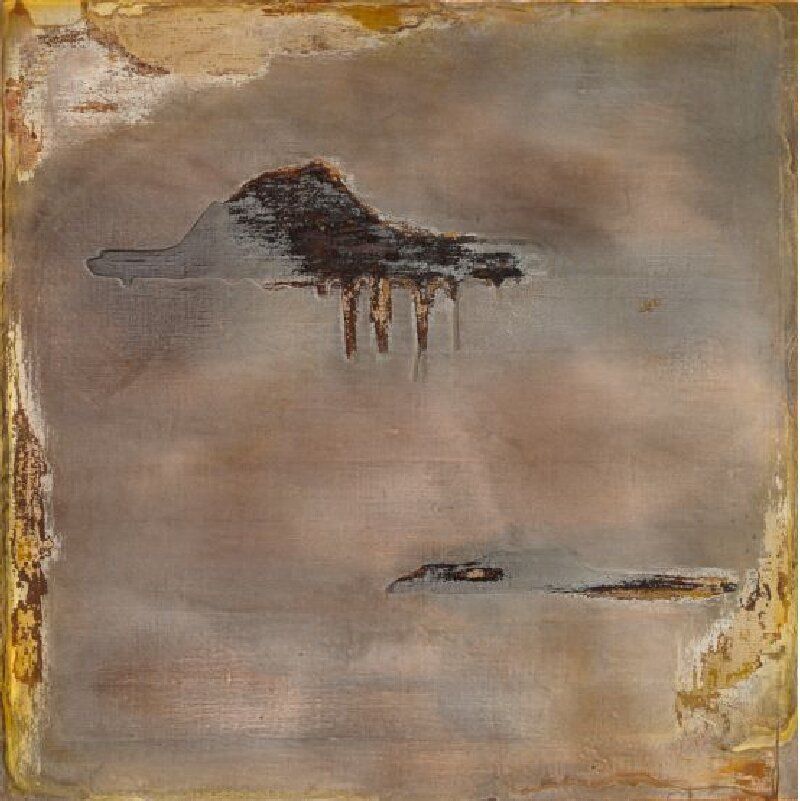
剩山13-08 Remnant Mountain13-08,布面坦培拉Tempera on Canvas,80x80cm,2013
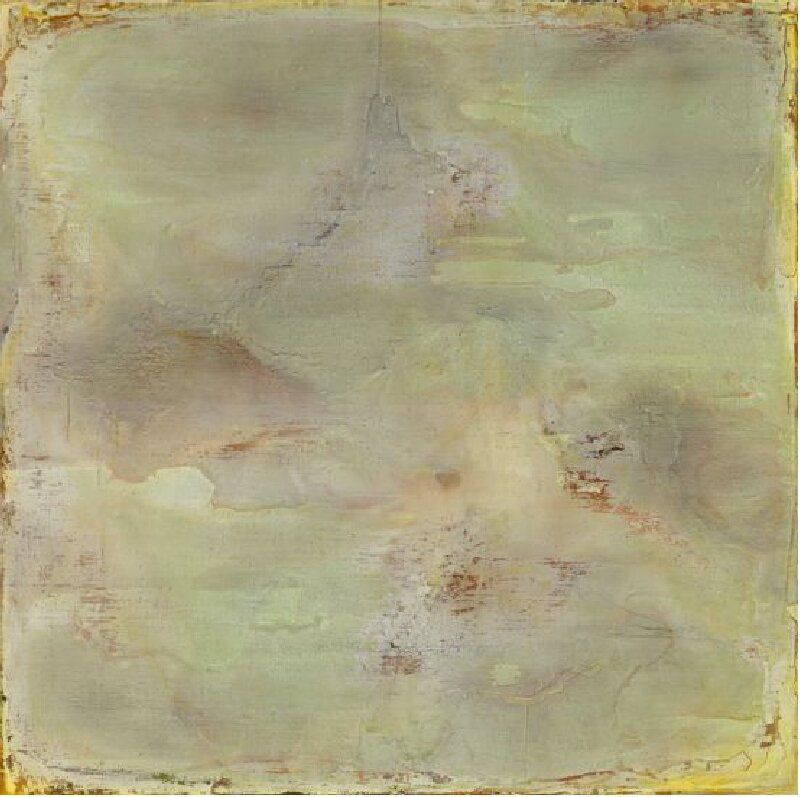
剩山13-10 Remnant Mountain13-10,布面坦培拉Tempera on Canvas,100x100cm,2013
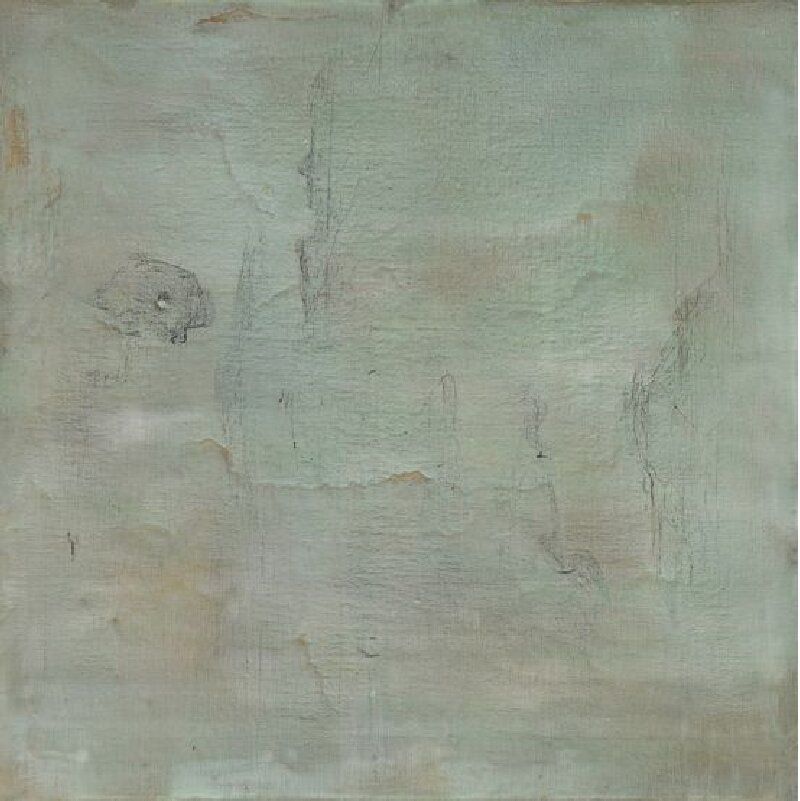
剩山13-24 Remnant Mountain13-24,布面坦培拉Tempera on Canvas,100x100cm,2013
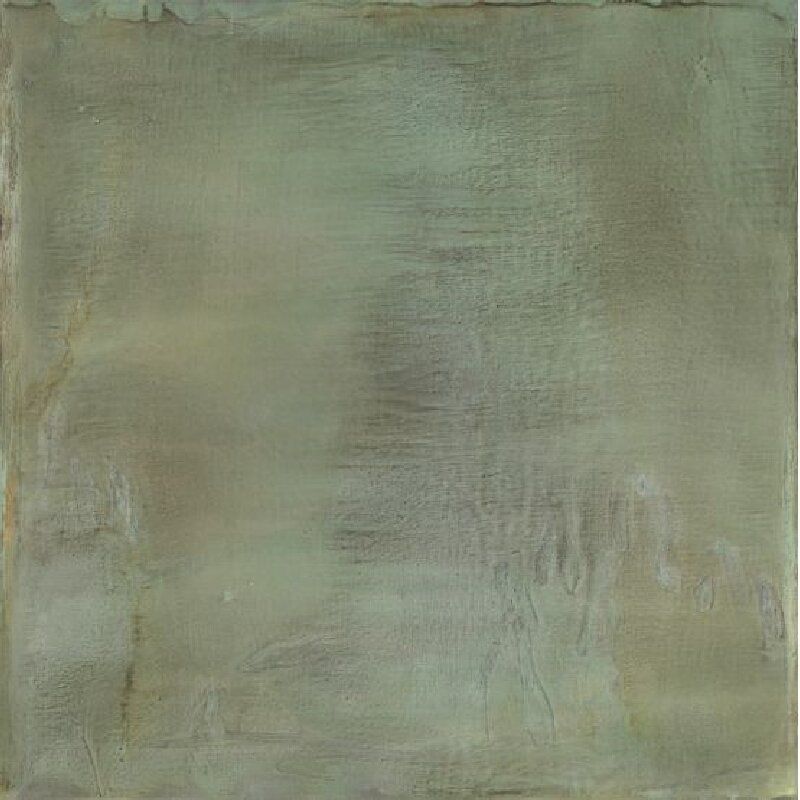
剩山13-34 Remnant Mountain13-34,布面坦培拉Tempera on Canvas,80x80cm,2013

剩山13-36Remnant Mountain13-36,布面坦培拉Tempera on Canvas,240x80cm,2013

剩山13-38 Remnant Mountain13-38,布面坦培拉Tempera on Canvas,35x135cm,2013

剩山14-01 Remnant Mountain14-01,布面坦培拉Tempera on Canvas,40x140cm,2014

剩山14-09 Remnant Mountain14-09,布面坦培拉Tempera on Canvas,290x90cm,2014
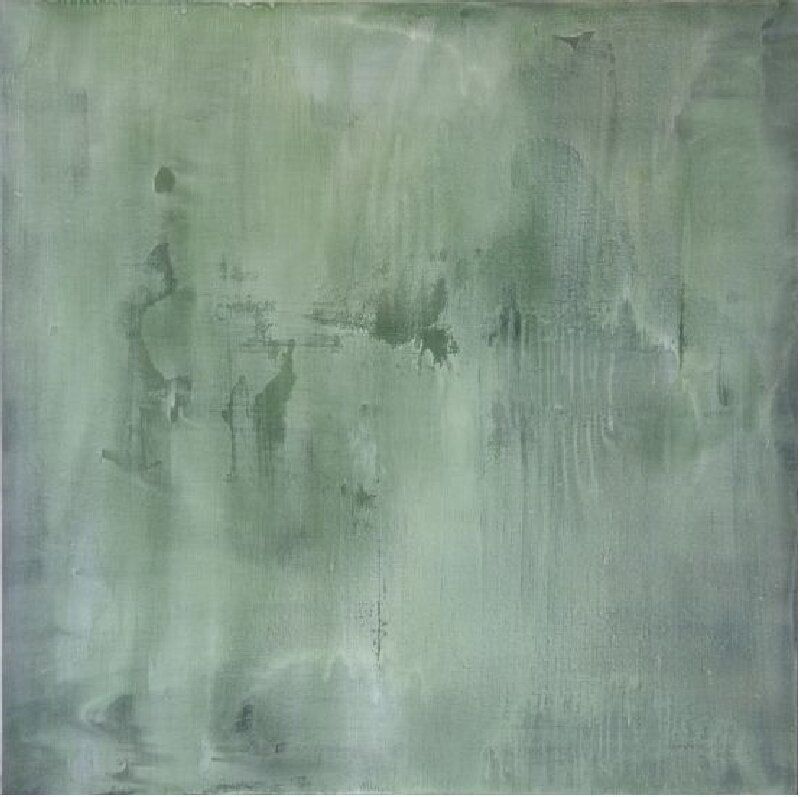
剩山18-06 Remnant Mountain18-06,布面坦培拉Tempera on Canvas,100x100cm,2018
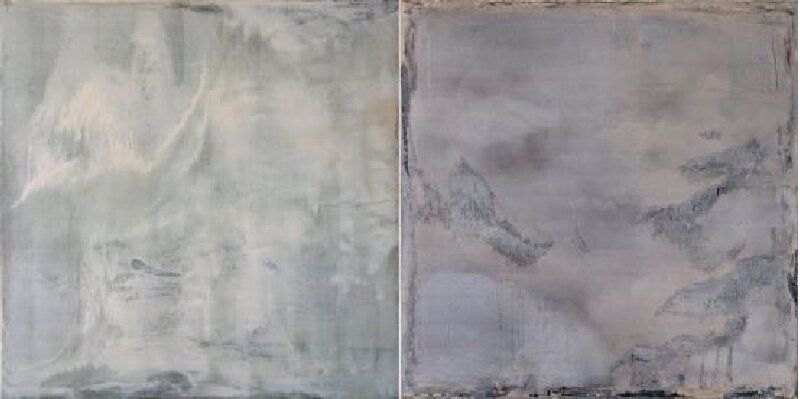
剩山18-09 Remnant Mountain18-09,布面坦培拉Tempera on Canvas,100x200cm,2018

剩山18-16 Remnant Mountain18-16,布面坦培拉Tempera on Canvas,290x90cm,2018
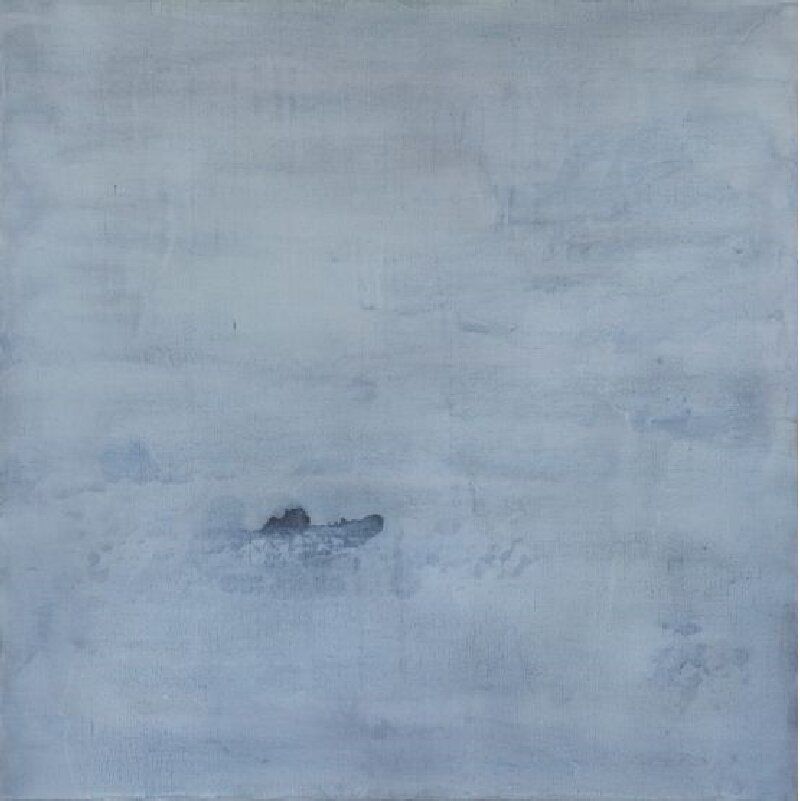
剩山19-10 Remnant Mountain19-10,布面坦培拉Tempera on Canvas,100x100cm,2019
关晶晶:关于“剩山” (2013)
我出生中原,但记忆里,却满是水天浩渺,云烟苍茫。
中国人大都有自然情怀。 孤沉独往于山水之间,心灵与天地相往来,原是我们生命的最高境界。
《剩山》系列,我使用了坦培拉这种西方古典绘画材料,结合中国传统水墨的态度和方法,将媒介剂中水的比例加大,增强作品中的水性,层层罩染的画面,湿润而透出底层的纹理。 坦培拉本身的温润质感,水性加强带来的自然性,以及一次次绘制积淀的时间,会让画作呈现氤氲迷离之气。
由于水的大量使用,创作过程中会有很大的变数和偶然性。 水油结合的媒介剂也使画面干燥的时间,相比传统水墨要漫长许多。 这期间有等待、思考、控制以及随机应变。 而正是在不断变化中,“在随生随灭的瞬间体悟中 …… 找到赋予这变幻的烟云以气韵生动的形式语言,氤氲的化生 …… 连接了自然与人性”,也反衬了现实的喧嚣与严酷。
区别于西方的超越客体,中国人将内心的超脱、性灵的自适作为生活理想,平衡自身与外部世界的关系,并自我圆满。 我始终认为生命的体验与感受,以及生命的状态要大于作品。 一幅画或许是个短暂的停留,观者得以从中窥见另一个生命形态,以及背后包含的文化经验。
当代绘画在西方,似乎已穷尽了所有的可能性。 中国思想认为物极必反,山重水复之际即是柳暗花明之时。在精神阐释、审美和艺术创作方面,中国文化有着自己独特的源起和方式。 通过中国古老的艺术精神与西方现代形式主义对话,我期望在绘画语言和视觉美学上能有新的收获,这将成为未来一段时间里我努力和反省的方向。
“欹枕江南烟雨,杳杳没孤鸿。”苏轼记忆中的平山堂,何尝不是我心中的幻象。
Guan Jingjing: About Remnant Mountain (2013)
I was born in the Central Plain, but my memories are full of vast seas and endless misty skies.
Most Chinese people are sentimental about nature. Our highest spiritual pursuit is solitary communion with the natural landscape.
In the Remnant Mountain series, I used tempera, a Western classical medium, and incorporated attitudes and approaches from traditional Chinese ink painting, raising the concentration of water to enhance the watery properties of the artwork. The painting, created through the accumulation of many thin, soft layers, reveals the textures of the lower layers. The inherent softness of tempera’s texture, along with the natural feel of the added water and the time accumulated through layers of painting, gives the artwork a foggy, vaporous atmosphere.
The use of water brings a lot of variability and serendipity to the painting process. The combination of water and oil in the paint greatly increases the time required to dry compared to traditional ink painting. The process involves a lot of waiting, thinking, control and adaptation. Within the constant shifts, “within the constant emergence and disappearance of clouds…the painter has found a formal language for bestowing these ever-changing clouds with rhythmic vitality, the murky becoming…connecting nature and humanity, nourishing life” , and producing a reflection of the clamor and harshness of reality.
Unlike the Western transcendence of the object, the Chinese see the detachment of the inner mind and the actualization of the spirit as the highest ideals in life, pursuing a balance between the self and the outside world. I have always felt that the experience and perception of life and one’s condition far surpass a work of art. A painting is perhaps merely a fleeting pause through which the viewer may gain a glimpse into another state of life and the cultural experiences which lie behind it.
In the West, contemporary painting seems to have exhausted all of its possibilities. Chinese thought holds that all things revert after reaching extremes. Just as the landscape grows daunting, the flowers begin to bloom. In spiritual interpretation, aesthetics and artistic creation, China possesses its own unique roots and approaches. Though a dialogue between China’s ancient artistic spirit and the modern formalism of the West, I hope to harvest new fruits in the language of painting and visual aesthetics. This will be the direction of my efforts and reflections in the near future.
“I leaned on my pillow to watch the misty rain of the south. A single swan disappeared into the depths.” The Pingshan Manor of Su Shi’s memories is like an illusion springing from my mind.





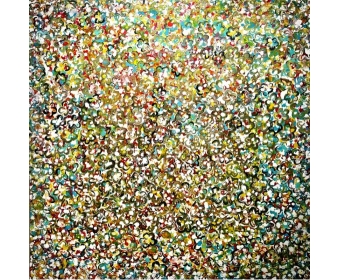

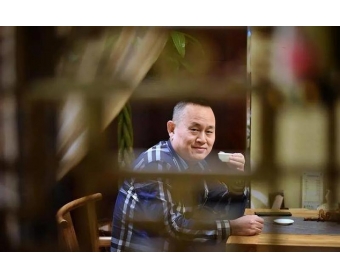
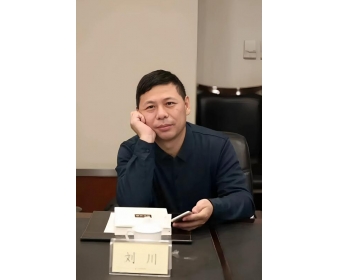
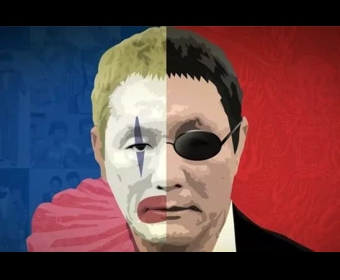


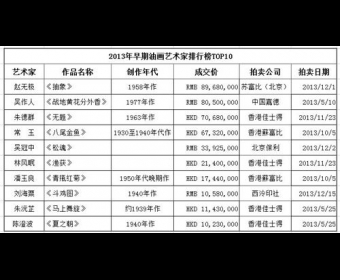
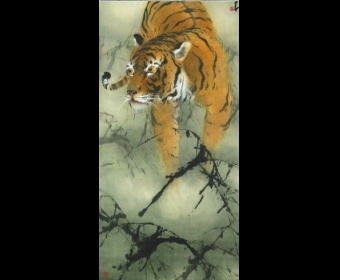
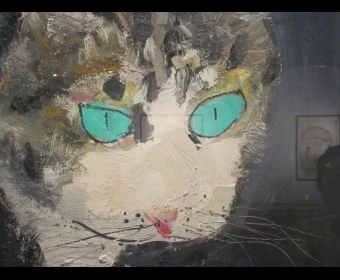

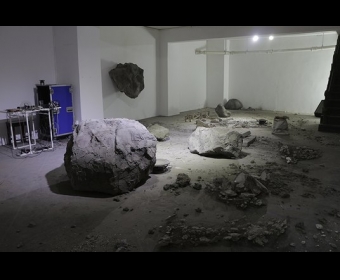



 川公网安备 51041102000034号
川公网安备 51041102000034号

